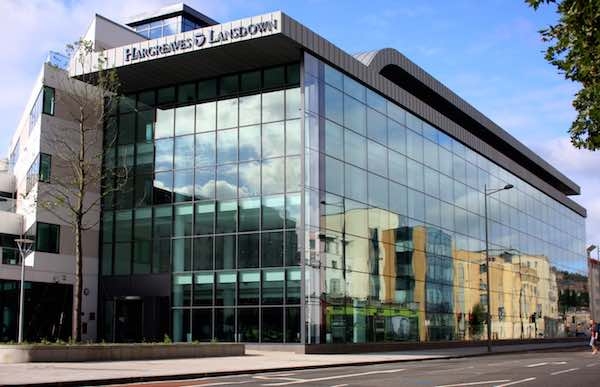Only 39% (two out of five) of high earners are on track for a ‘comfortable’ retirement, according to new data.
Just 18% (one in five) of households are on track for a comfortable retirement, according to the latest HL Savings and Resilience Barometer.
The data showed that currently 69% of higher-earning households are on track for a moderate retirement income of £25,000 per year for a single person and £36,480 for a couple.
Only 39% are currently on track for a comfortable retirement income of £38,662 per year for a single person and £58,480 for a couple.
Helen Morrissey, head of retirement analysis, Hargreaves Lansdown, said: “Well over two-thirds of the highest earning households are on track for a moderate retirement income. On the face of it this looks good but dig a bit deeper and there’s a nasty shock in store.”
She pointed out that a moderate retirement costs £25,000 per year for a single person and £36,480 for a couple and the reality is higher earners will be used to spending much more than that.
Ms Morrissey said: “Our modelling puts the cost of a comfortable retirement income at £38,662 per year for a single person and £58,480 for a couple. This is probably far closer to meeting the lifestyle expectations of higher earners, but with only 39% of this group on track, it means there are some tough decisions in store for many unless they can start plugging the gaps in their SIPPs and workplace pensions.”
She said that the data showed that overall, only 38% of households are on track for a moderate retirement income and just 18% are on track for a comfortable one as defined by the Barometer.
Ms Morrissey said: “It’s clear there is still much that needs to be done across the board.”
In January The HL Savings and Resilience Barometer suggested that only 30% of high-earners are heading towards a decent retirement.
Hargreaves Lansdown has moved away from PLSA definitions of moderate and comfortable retirement incomes due to recent methodology changes.
The recent Pension and Lifetime Savings Association’s Retirement Living Standards introduced a change to methodology whereby more aspirational items such as day trips were introduced as a result of people’s desire to spend more time with family and friends post pandemic.
That resulted in large increases, particularly in the cost of a moderate retirement which increased by 26.8% for a couple and 34.3% for a single person. The cost of a comfortable retirement also increased but not to the same extent.
HL said: “When modelling what we think these costs should be we have increased prices by CPI as it is more reflective of the increase in price of goods.”

